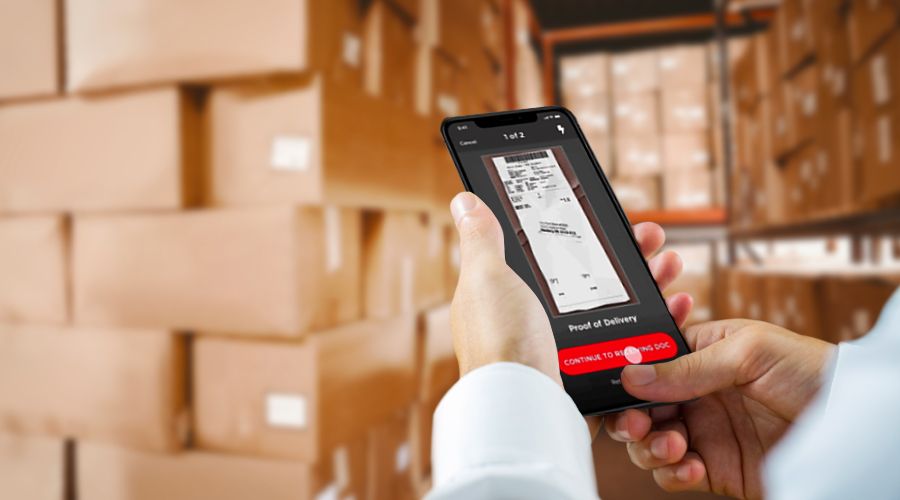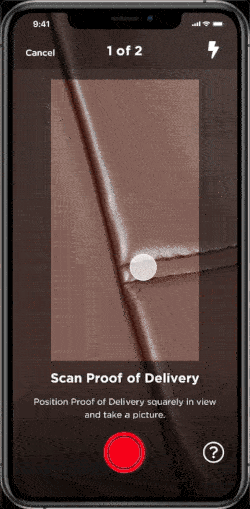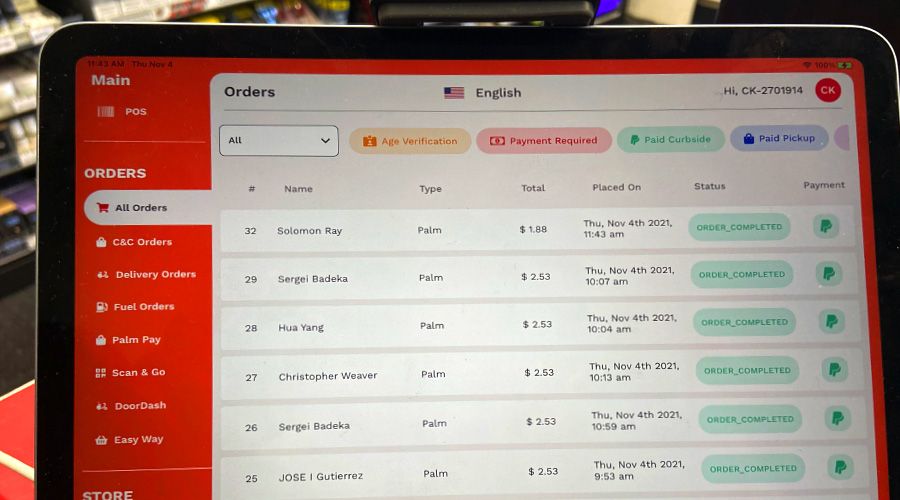Loading Dock Automation
Dream Big
We can deploy AI at the loading dock to simplify and streamline all the invoices, manifests, and order confirmation forms that get exchanged at store loading docks. Our client has 12,000 trucks, each making daily 7 to 12 deliveries to retailers. Their current system involved a complex set of matching documents and invoices at the loading docks for each delivery, then forwarding paperwork to headquarters for reconciliation. It was cumbersome, prone to errors, and expensive to ship all those documents.
Build Fast
As part of a digital transformation throughout the supply chain with paperless solutions, we leveraged Interplay® to build an AI-centered document recognition app for drivers. This app scanned documents for complete digital copies and extracted all important printed data and performed real-time reconciliation with HQ systems of record.
Delivery drivers must simply hold their phones over the printed documents for the app to recognize the type of document being scanned. The app also extracts all critical information, including account numbers, product line items, quantities, and delivery dates. This app is significantly more advanced than any other document scanner; it is a complete document recognition and reconciliation system.
Once a document is recognized and data is extracted, a complete data set is reconciled with the home office's ERP, accelerating the order and inventory management systems in real-time. This marks a considerable improvement over the legacy process of batch processing via physical mail, where data lag is up to 48 hours.
Further, the app has a full failover mode to store all document data locally in case of low bandwidth connectivity and then auto-syncs when bandwidth improves.
Success Criteria
Success for this project shows up in several forms:
- elimination of express document shipping costs
- increased accuracy
- real-time analytics on shipments
- better storage of historical data
- increased safety for drivers (less time shuffling paperwork)
Project Profile
Client:
Confidential
Goal:
Improve Logistics and Operations
Development Time:
2 Weeks
Deployment:
Pilot
KPI:
Decreased errors, quicker loading times



